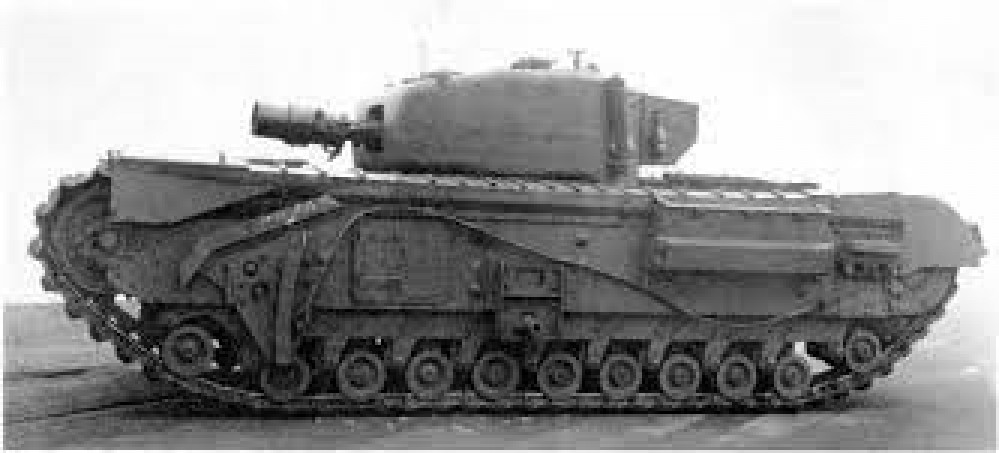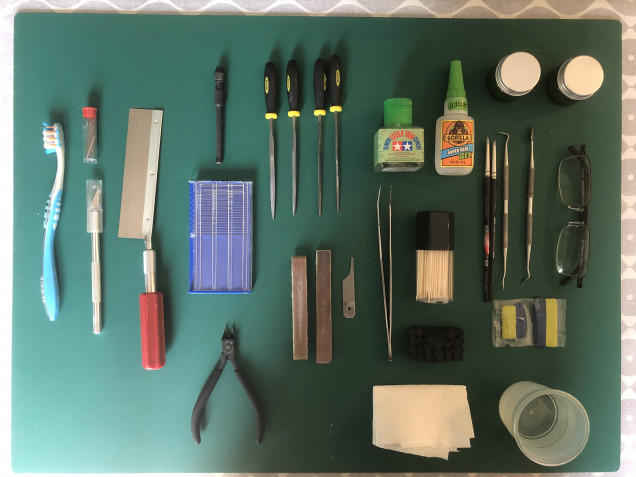
How to be an Armoured Farmer, building Hobart's Funnies in Glorious 15mm (and maybe 28mm if they arrive in time!)
Episode Two - The Seven Ps'
Prior Planning and Preparation, Prevents P*** Poor Performance!
In short, gather your tools and prep your models (well maybe not that short, as it’s six words (and a conjunctive) but then again the seven Ps’ also has one, so technically it’s the seven Ps’ and an A; but GYTAPYM isn’t as catchy) and now I’m rambling so it’s sort of losing its punch.
Anyway, before I start anything I like to have everything I need close to hand. if I had a dedicated hobby space that would be easy but all I have is the kitchen table, plus the added hindrance of an eldest son who likes to permanently borrow my stuff, so it can be a bit of a task in itself!
I have split this into basic tools and the heavy duty stuff.
Starting from the left we have:
Old toothbrush for cleaning the release agent off the sprues.
Craft Knife and spare blades for cutting stuff.
Razor saw for removing resin plugs and large conversion action.
Pin Vice and micro drill set for gun barrels mainly.
Cutters for cutting (these ones are from Tamiya, the best i have ever used and well worth the extra cost).
A selection of small files of differing profiles for filing 😉
Two home made sanding boards from 600 and 800 grit sanding pads.
A GW mould line scraping tool (it’s ok for most stuff but I usually still use a craft blade).
Glues, Tamiya extra thin for plastic and Gorilla super gel for everything else.
Cocktail sticks for applying super glue to small parts.
Tweezers for fiddly/tiny stuff.
Plasticine for weighting down the hulls of plastic tanks to give them a bit of heft. Tanks shouldn’t move about when someone close to the table breaks wind!
Kitchen towel for when I invariably spill something.
My own mix of Polystyrene filler made from leftover Tamiya glue and bits of styrene sheet melted down into it. I have a thick and a thin mix to suit small and larger mould gaps.
Sculpting tools, I have found that the metal ones are great for getting the clay/green stuff on and the soft tipped ones best for smoothing it down.
The ubiquitous Green stuff, to be honest, I don’t always use it. I normally go for Milliput but I couldn’t find mine (probably have to buy some more). there are may grades of Milliput but I tend to stick with the white as it sands down very smooth.
Something wet to spill and for the kitchen towel to soak up! (I also use it for any filling/sculpting).
Finally, and I have @Silverfox to thank for these, a pair of cheap magnifying specs. These ones are only 2.5x magnification but when you’re getting an old fart they are a godsend! A wise and sage tip from the US Military.











































































Leave a Reply